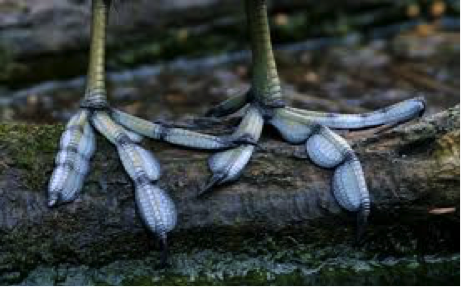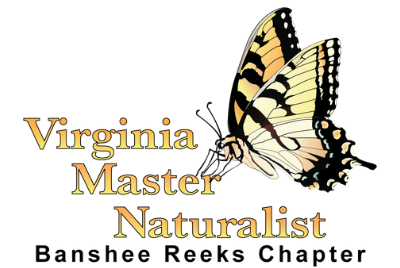American Coot

The American Coot (Fulica Americana) or Mud Hen, is a fascinating and unique bird. A migratory bird inhabiting most of North America, the coot is a winter non-breeding resident to our area. This time of year, I always look for coots and usually spot them easily while they are walking chicken-like on the ice rather than waddling like a duck. Unlike web feet of ducks, coots have broad lobed scales on their lower legs and toes that fold back with each step. To me they look like oversized chicken feet which gives the coot a chicken-like gate and supports the bird on muddy ground. An awkward flier, they require long takeoff runs and look like they are trying to walk on water while flapping their wings furiously. The coot is seen in the company of ducks but doesn’t sound like a duck. Its call is a single reedy noted KRRRP. The coot is a plump dark bodied bird that is easily identified due to its sloping head with white wedge-shaped bill, red eyes and sometimes, a small red patch on its forehead. Their closest relatives are the Sandhill Crane and Rails.

Coots eat mainly aquatic plants including algae, duckweed, eelgrass, wild rice, sedges, hydrilla, wild celery, waterlilies, cattails, water milfoil; when on land they also pick at terrestrial plants. You may also see them eating insects (beetles, dragonflies, and others), crustaceans, snails, and small vertebrates such as tadpoles and salamanders. In our area, which is out of the breeding season, coots fall prey to great horned owls, northern harriers, bald eagles and bobcats. In fact, coots may locally comprise 80% of a bald eagle’s diet.
One aspect of coots I find interesting is that during the breeding season, they display “conspecific brood parasitism”. That is, it will lay eggs in other coots’ nests. Unlike the brown headed cow bird who will use the nests of any bird species for their eggs, coots stick to their own species. Brood parasitism is usually done by females that either do not have a territory (coots are monogomous) or whose clutch has been destroyed, and is most common among females trying to increase their total number of offspring. The American coot, unlike other parasitized species, has the ability to recognize and reject conspecific parasitic chicks from their brood. They learn to recognize their own chicks’ “ornamental plumage” by imprinting on cues from the first chick that hatches. The first evidence for parental selection of exaggerated, ornamental traits in offspring was found in American coots. American coot chicks have conspicuously orange-tipped ornamental plumes covering the front half of their body that are known as “chick ornaments”, which eventually bleach out after six days. This brightly colored, exaggerated trait allows coot chicks to be selected by parental choice.

American Coot are common and widespread, and populations appear to be stable, according to the North American Breeding Bird Survey. Because they live in wetlands, coots can accumulate toxins from pollution sources including agricultural runoff, industrial waste and nuclear facilities. Because coots are so common and widespread, scientists sometimes monitor them as a way of evaluating these problems in the environment at large. Why is it called a “coot”? The American coot’s genus name, Fulica, is a direct borrowing of the Latin word for coot. Go figure. So if you see a duck that looks like a duck, but doesn’t walk or quack like a duck, it’s probably a coot.
